The Ultimate Guide to Olive Wood Cutting Boards: Natural Beauty Meets Kitchen Functionality
An investment-worthy kitchen tool, olive wood balances artisanal elegance with functional longevity—ideal for light prep, charcuterie, and safe food handling.
2025/08/11
Olive wood, sourced from Mediterranean regions like Italy and Tunisia, has surged in popularity for crafting premium cutting boards. Its unique combination of durability, aesthetics, and natural antibacterial properties makes it a coveted choice for home cooks and professional chefs alike. Unlike synthetic boards or softer woods, olive wood evolves beautifully with age, developing a richer patina while resisting cracks and microbes.
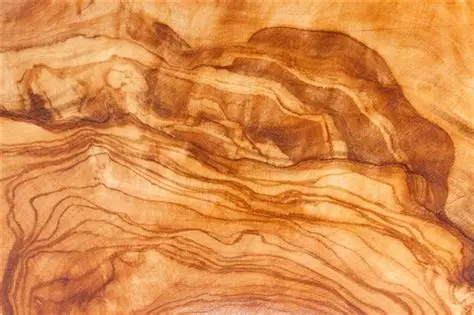
Why Olive Wood Excels as Cutting Board Material
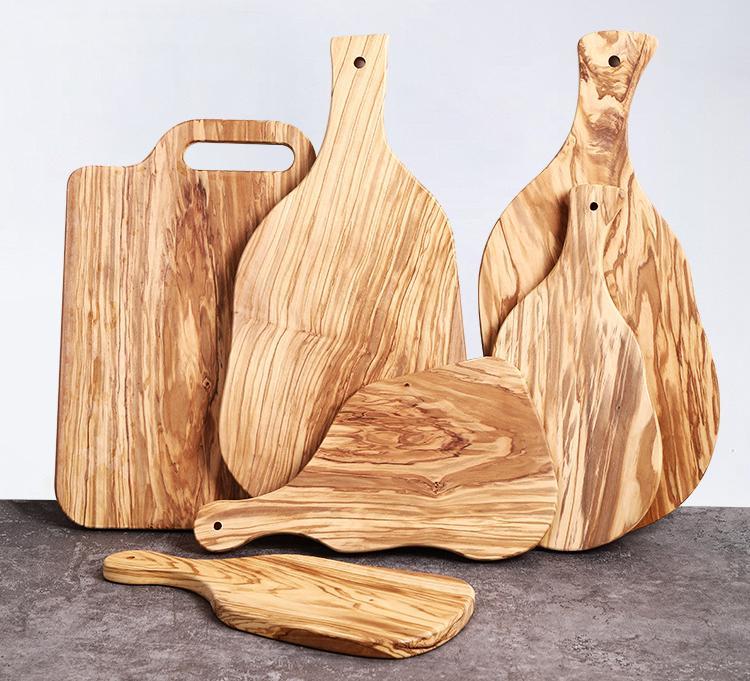
- Natural Hardness & Durability:
Olive wood ranks exceptionally high on the Janka hardness scale (≈2700 N), surpassing maple, walnut, and cherry woods. This density prevents deep knife scarring, reducing bacterial hiding spots. Boards retain structural integrity for decades with proper care, resisting warping and splintering. - Self-Sanitizing Properties:
Rich in oleic acid and phenolic compounds (the same oils found in olive fruit), the wood naturally inhibits bacterial and fungal growth. Studies show it outperforms many woods in hygiene, making it ideal for raw meats and produce.
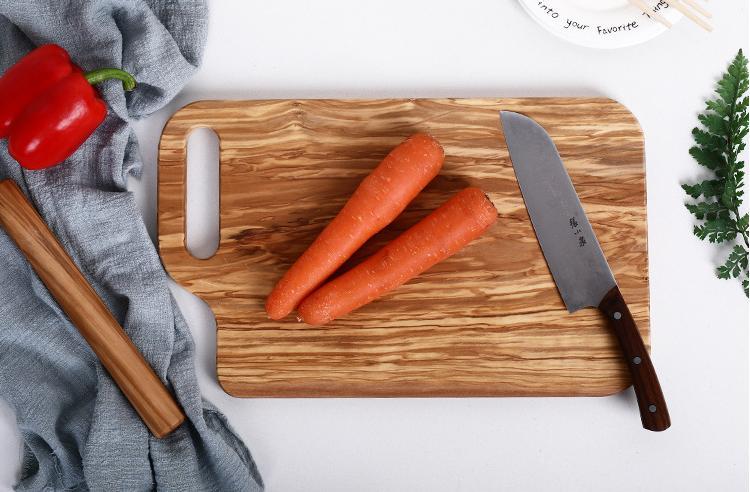
- Gentle on Knives:
Despite its density, olive wood’s tight, interlocking grain provides slight flexibility. This creates a “forgiving” surface that protects knife edges better than glass or stone boards, though harder steels may require more frequent honing.

- Aesthetic Uniqueness:
No two olive wood boards are identical. The wood features dramatic swirling patterns, warm honey-to-chocolate tones, and occasional dark streaks or knots—transforming functional tools into art pieces worthy of tabletop display.
Choosing and Maintaining Your Olive Wood Board
→ Selection Tips
- Thickness Matters: Opt for boards ≥2cm thick (ideally 2.5‒4cm) to prevent flexing.
- Grain Orientation: End-grain boards (visible circular patterns) self-heal better; edge-grain (linear stripes) offers sleek aesthetics.
- Ethical Sourcing: Look for FSC-certified brands using pruned branches (not whole trees) to support sustainability.
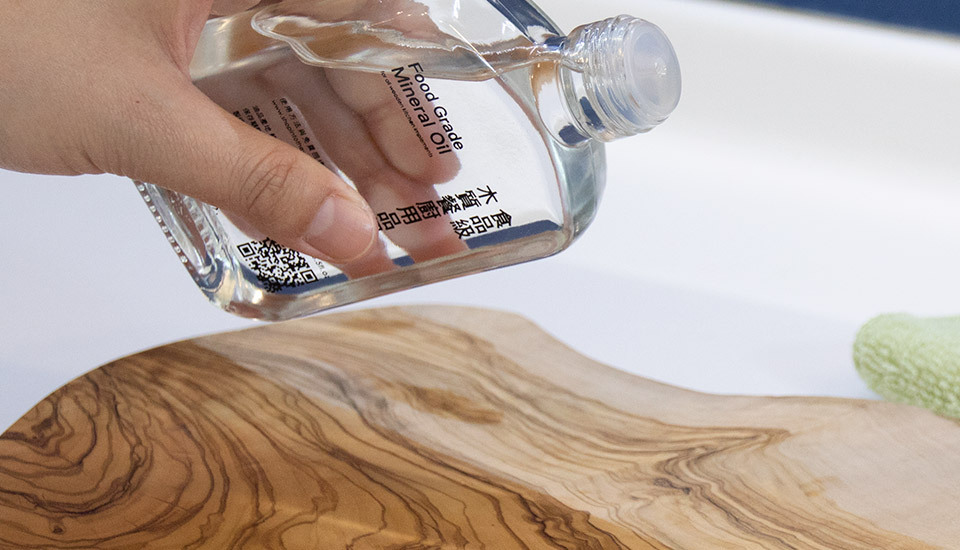
→ Care Routine
- Cleaning: Handwash with cool water and mild soap. Never soak or dishwasher-clean—rapid drying causes cracks.
- Deodorizing: Rub with baking soda paste or vinegar for fish/onion smells.
- Oiling: Apply food-grade mineral oil or beeswax monthly. Critical: Avoid olive oil—it oxidizes and causes rancidity.
- Storage: Keep upright in airflow away from heat/sunlight to prevent whitening or warping.
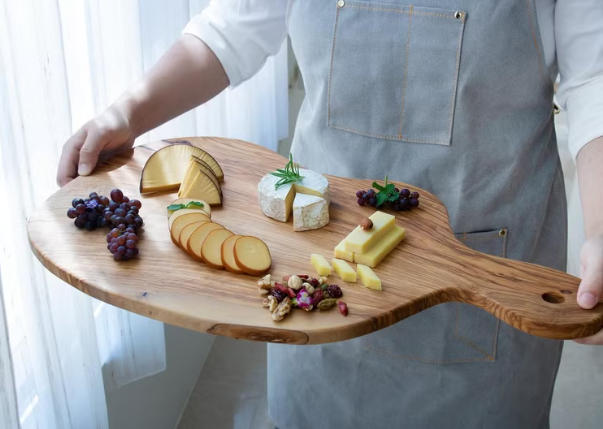
Beyond Chopping: Versatile Uses
- Cheese & Charcuterie Serving: Natural oils enhance cheese flavors without transferring odors.
- Bread Board: Non-porous surface prevents crumb absorption.
- Tabletop Centerpiece: Pair with bowls or candles for rustic elegance.
Olive wood cutting boards blend unparalleled functionality with artisanal beauty. While pricier than bamboo or plastic, their longevity (20+ years with care), hygiene, and timeless appeal justify the investment. Ideal for those prioritizing aesthetics and safety—especially for serving, light prep, and cooks who value tools that age gracefully.
Next Page
Online Message
Filing in your phone and E-mal information willhelp us to get in touch with you in time and solve your problems as soon as possible.

